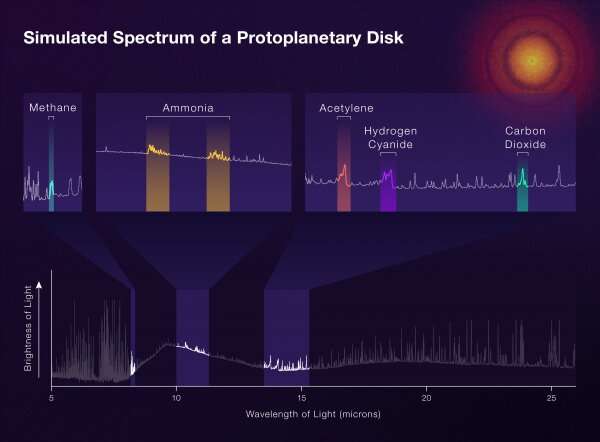NASA awards Orion Main Engine contract for future Artemis missions
Thursday, 23 September 2021 07:35 NASA has awarded a contract to Aerojet Rocketdyne Inc. of Redmond, Washington, for the development of the Orion Main Engine (OME), which will be used on the Orion spacecraft as part of the agency's Artemis program.
The contract includes certification of the OME design, production, and special studies and tasks. It is a single-award, indefinite-delivery/indefinite-quantity contract with fir
NASA has awarded a contract to Aerojet Rocketdyne Inc. of Redmond, Washington, for the development of the Orion Main Engine (OME), which will be used on the Orion spacecraft as part of the agency's Artemis program.
The contract includes certification of the OME design, production, and special studies and tasks. It is a single-award, indefinite-delivery/indefinite-quantity contract with fir Court filing outlines Blue Origin’s case against NASA SpaceX lunar lander award
Wednesday, 22 September 2021 23:35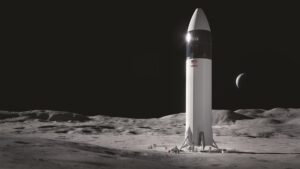
Blue Origin is seeking to overturn NASA’s award of a lunar lander contract to SpaceX by arguing that SpaceX’s proposal failed to meet requirements for reviews that made it “unawardable.”
Exo-Space pivots to meet demand for on-orbit processing
Wednesday, 22 September 2021 22:25
Exo-Space, a Los Angeles startup formed in 2020 to offer inexpensive easy-to-assemble cubesats, has pivoted in response to growing demand for on-orbit data processing.
GAO steps up criticism of Space Force’s missile-warning satellite procurement
Wednesday, 22 September 2021 22:07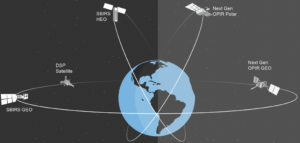
The Space Force is providing Congress overly optimistic forecasts of its planned procurement of missile-warning satellites, GAO said in a new report.
Xona Space Systems fully funds GPS-alternative demo mission
Wednesday, 22 September 2021 19:49
Californian startup Xona Space Systems has raised $8 million to fully fund an orbital demonstration next year of its navigation payload, which aims to provide an alternative to GPS and other global navigation satellite systems.
Node 1 | Space Station 360 (in French with English subtitles available)
Wednesday, 22 September 2021 16:00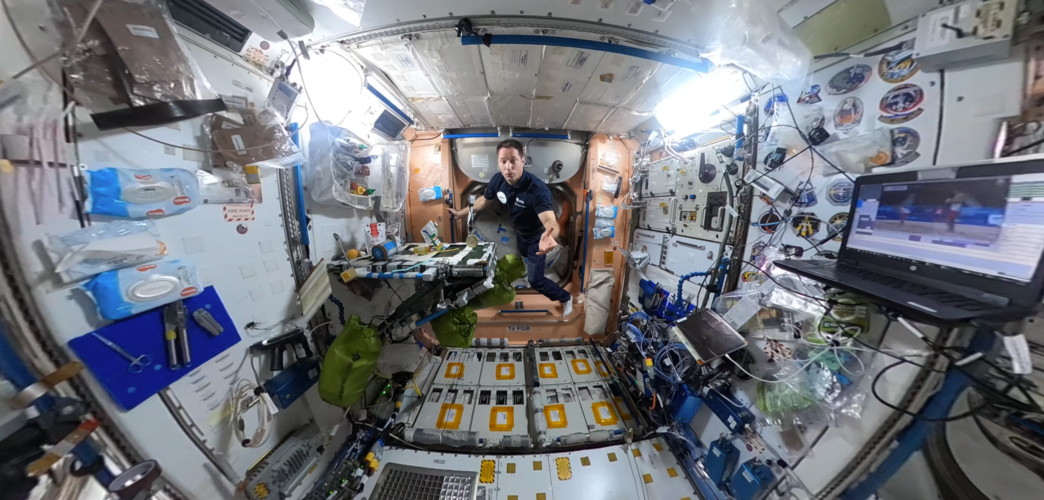 Video:
00:02:40
Video:
00:02:40
ESA astronaut Thomas Pesquet takes you on a tour of the International Space Station like no other. Filmed with a 360 camera, the Space Station 360 series lets you explore for yourself alongside Thomas’s explanation – episode five is NASA’s Node-1, also known as Unity.
Unity is the module that connects the Russian segment of the International Space Station to the other modules. Launched on 4 December 1998 inside Space Shuttle Endeavour, it was joined to the Russian Zarya module two days later, forming the basis of the International Space Station. The cylindrical module has six docking ports
Space Force discussions with private sector on future space architecture to remain classified
Wednesday, 22 September 2021 13:45
The first briefing with space and defense contractors planned by the Space Force’s Warfighting Analysis Center Oct. 27 will be at a classified facility.
Image: Gloomy moonscape created for rover test
Wednesday, 22 September 2021 13:21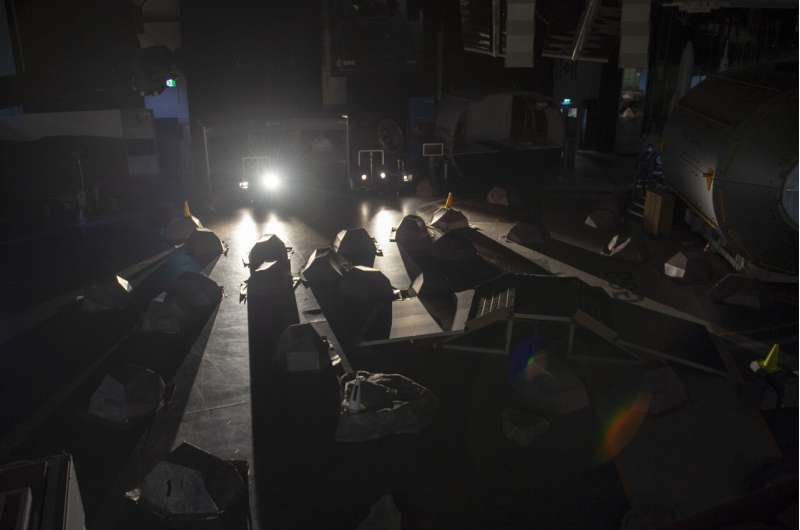
A sun barely peeking over a cratered horizon, casting long shadows across a rocky moonscape: ESA's Erasmus Innovation Center was transformed into an analog of the moon's polar regions, in a dress rehearsal for an international rover competition.
The Space Resources Challenge—supported by ESA and the European Space Resources Innovation Center (ESRIC) in Luxembourg- is asking European (and Canadian) researchers and institutions to develop and demonstrate a system of one or more vehicles capable of prospecting resources on the moon in the near future.
Some 13 teams have been selected to participate in the Challenge's first field test in November, with €375 000 in ESA contracts to be awarded to the five winners, with a larger prize pool on offer after a follow-on field test next year.
"The focus here is really on prospecting—pinpointing promising resources within a difficult lunar environment then characterizing them in as much detail as possible, such as through spectral analysis," comments Massimo Sabbatini, managing the Erasmus Center, part of ESA's ESTEC technical center in the Netherlands.
"We're preparing for the first rover field test in November, which will take place in a larger location, still to be disclosed, but we decided to try out the challenge for ourselves first, here at Erasmus.
Call for media: invitation to join pre-launch press programme to see James Webb Space Telescope at Europe’s Spaceport before launch
Wednesday, 22 September 2021 12:00
Media representatives are invited to join a pre-launch press programme from 4-6 November at Europe’s Spaceport in French Guiana, to see the international James Webb Space Telescope being prepared for launch in December 2021.
US must prepare now to replace International Space Station
Wednesday, 22 September 2021 11:49 Policymakers warned Tuesday that Congress must move quickly to extend the life of the International Space Station to 2030 and develop new space stations or risk a costly gap in space exploration.
Abandoning the space station, which is to be decommissioned in 2028, without replacements would only serve the interests of China, which has a new space station in orbit, U.S. Rep. Brian Babin,
Policymakers warned Tuesday that Congress must move quickly to extend the life of the International Space Station to 2030 and develop new space stations or risk a costly gap in space exploration.
Abandoning the space station, which is to be decommissioned in 2028, without replacements would only serve the interests of China, which has a new space station in orbit, U.S. Rep. Brian Babin, Tycho Crater revealed in intricate detail
Wednesday, 22 September 2021 11:49 The National Science Foundation's Green Bank Observatory (GBO) and National Radio Astronomy Observatory (NRAO), and Raytheon Intelligence and Space (RI&S) have released a new high-resolution image of the Moon, the highest-ever taken from the ground using new radar technology on the Green Bank Telescope (GBT).
The resolution of the new Tycho Crater image is close to five meters by five mete
The National Science Foundation's Green Bank Observatory (GBO) and National Radio Astronomy Observatory (NRAO), and Raytheon Intelligence and Space (RI&S) have released a new high-resolution image of the Moon, the highest-ever taken from the ground using new radar technology on the Green Bank Telescope (GBT).
The resolution of the new Tycho Crater image is close to five meters by five mete A new understanding of galaxy evolution with the Roman Space Telescope
Wednesday, 22 September 2021 11:49 Galaxies change over time, but those changes take millions or billions of years - far longer than the human lifetime. To understand how galaxies evolve, astronomers therefore need to study large numbers of galaxies at various stages. NASA's Nancy Grace Roman Space Telescope will revolutionize galaxy studies since it can survey the sky up to thousands of times faster than can be done with Hubble
Galaxies change over time, but those changes take millions or billions of years - far longer than the human lifetime. To understand how galaxies evolve, astronomers therefore need to study large numbers of galaxies at various stages. NASA's Nancy Grace Roman Space Telescope will revolutionize galaxy studies since it can survey the sky up to thousands of times faster than can be done with Hubble NASA robots compete in DARPA's Subterranean Challenge Final
Wednesday, 22 September 2021 11:49 Led by NASA JPL, Team CoSTAR will participate in the SubT final this week to demonstrate multi-robot autonomy in a series of tests in extreme environments.
Eight teams featuring dozens of robots from more than 30 institutions, including NASA's Jet Propulsion Laboratory in Southern California, will converge in a former Kentucky limestone mine from Sept. 21 to 24 to participate in a series o
Led by NASA JPL, Team CoSTAR will participate in the SubT final this week to demonstrate multi-robot autonomy in a series of tests in extreme environments.
Eight teams featuring dozens of robots from more than 30 institutions, including NASA's Jet Propulsion Laboratory in Southern California, will converge in a former Kentucky limestone mine from Sept. 21 to 24 to participate in a series o Telespazio selects Hughes HeloSat for Airborne Satellite Communications
Wednesday, 22 September 2021 11:49 Hughes Network Systems reports that Telespazio, a joint venture between Leonardo (67%) and Thales (33%), has selected the Hughes HeloSat solution for satellite communications (SATCOM) for Leonardo's helicopters.
The solution combines the Hughes HM100 gateway and the HM400 modem for SATCOM on-the-move with technical support and systems integration. Once installed on helicopters like the Leo
Hughes Network Systems reports that Telespazio, a joint venture between Leonardo (67%) and Thales (33%), has selected the Hughes HeloSat solution for satellite communications (SATCOM) for Leonardo's helicopters.
The solution combines the Hughes HM100 gateway and the HM400 modem for SATCOM on-the-move with technical support and systems integration. Once installed on helicopters like the Leo 

